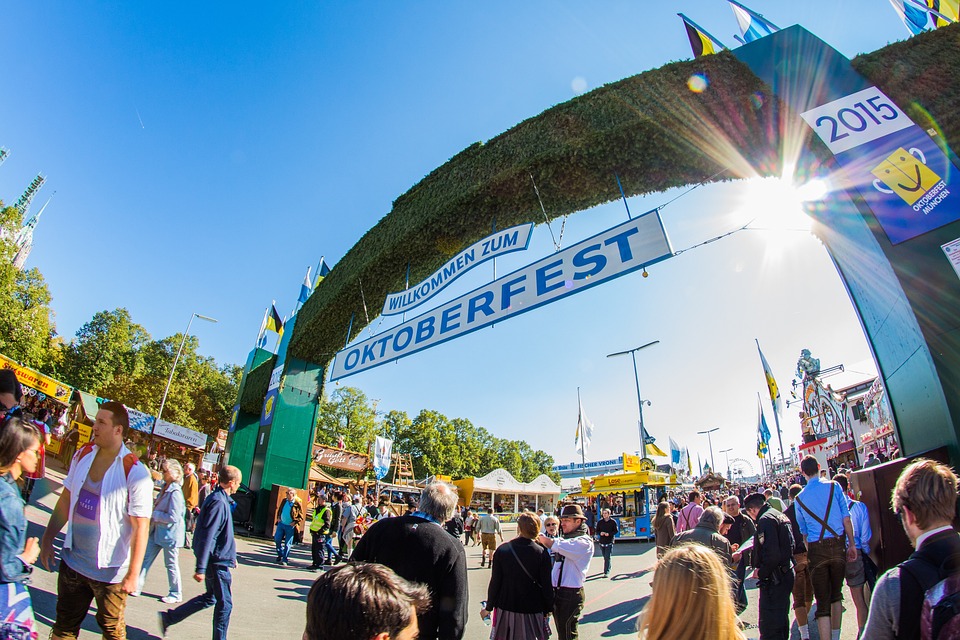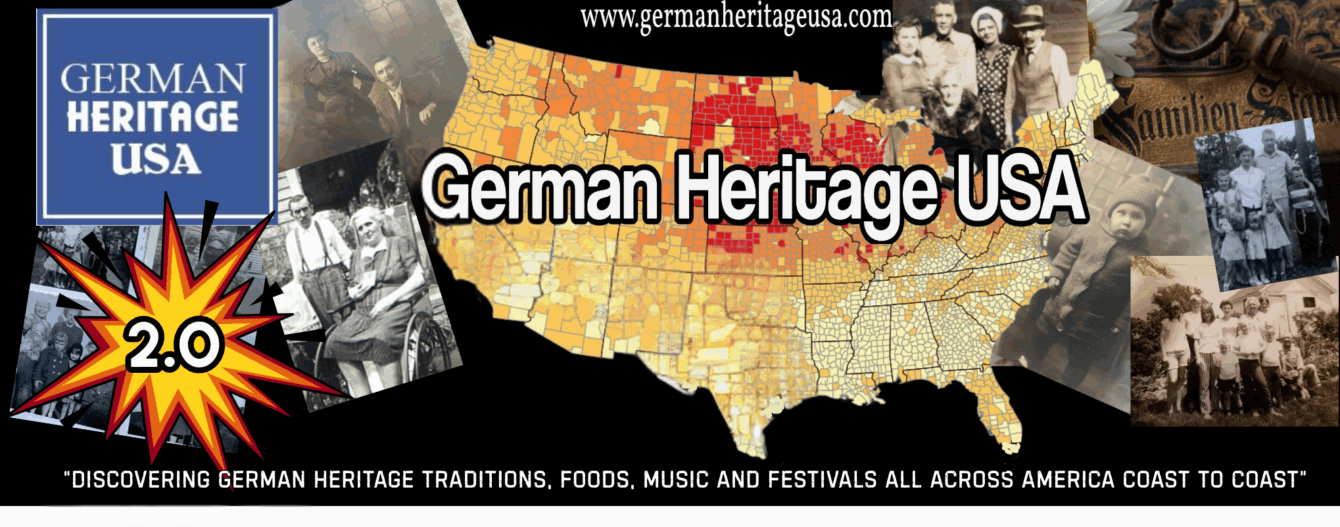American vs German Oktoberfest: A Cultural Comparison
American vs German Oktoberfest: A Cultural Comparison. Did you know Munich’s Oktoberfest draws over 6 million people every year? This huge number shows how popular this German tradition is. As we explore the differences between American and German Oktoberfest, we’ll see how culture shapes these beer festivals in the U.S. and abroad.

A vibrant Oktoberfest celebration scene, featuring a large traditional German beer tent with colorful bunting, wooden tables filled with joyful people in classic Bavarian attire, enjoying pretzels and beer steins, surrounded by lively folk music and festive decorations, juxtaposed with an American-style festival atmosphere showcasing food trucks, modern tents, and diverse crowds celebrating with hearty dishes and craft beers, all under a bright blue sky.
The German Oktoberfest is the world’s biggest beer festival, with 70,000 people celebrating. In contrast, American Oktoberfest celebrations vary in size and scope. This reflects the diverse cultural landscape of the United States. Both countries love beer and celebrations, but they celebrate Oktoberfest differently.
In Germany, Oktoberfest is a big part of Bavarian culture. You’ll see authentic costumes, traditional music, and old customs. The American version of Oktoberfest takes inspiration from Germany but also adds its own twist. This mix of German heritage and American flair creates unique Oktoberfest celebrations across America.
Key Takeaways
- Munich’s Oktoberfest attracts over 6 million visitors annually
- American Oktoberfest celebrations vary in size and authenticity
- German Oktoberfest focuses on cultural traditions beyond beer consumption
- U.S. celebrations often adapt German customs to local preferences
- Both countries share a love for beer and festive gatherings
The Historical Origins of Oktoberfest in Munich
The munich oktoberfest is a cherished celebration of Bavarian culture. It started in 1810 as a royal wedding celebration. Now, it’s one of the world’s biggest annual festivities.
King Ludwig I’s Wedding Celebration
On October 12, 1810, Crown Prince Ludwig of Bavaria married Princess Therese of Saxe-Hildburghausen. They invited all of Munich to celebrate with them. The celebration was held on the Theresienwiese field, now Oktoberfest’s permanent home.
Evolution from Royal Celebration to Public Festival
The royal event quickly turned into an annual tradition. Horse races from the first celebration became a yearly favorite. The festival grew to include agricultural shows, carnival booths, and beer tents, shaping today’s Oktoberfest.
The Theresienwiese Legacy
The Theresienwiese field, named for Princess Therese, is Oktoberfest’s heart. Every year, it turns into a lively festival ground. Millions of visitors come to enjoy Bavarian cuisine and culture.
| Year | Event | Significance |
|---|---|---|
| 1810 | First Oktoberfest | Royal wedding celebration |
| 1811 | Annual tradition begins | Addition of agricultural show |
| 1896 | First beer tents | Introduction of brewery-sponsored tents |
| 2019 | Modern Oktoberfest | 6.3 million visitors attended |
Today, Oktoberfest draws over seven million visitors each year. It’s a symbol of its lasting appeal and cultural heritage. The festival has grown from a local event to a global celebration, showcasing Bavarian traditions and hospitality.
Exploring the Differences Between American and German Oktoberfest Celebrations
Oktoberfest, a cherished tradition, has grown beyond Germany. Munich’s Oktoberfest is the original, but the USA has its own twist. Beer festivals inspired by it are found across America, each with its own taste.
In Germany, Oktoberfest is rich in history and authenticity. It started in 1810 for a royal wedding and grew into a huge public event. Munich’s Oktoberfest welcomes over 6 million people, celebrating Bavarian culture, food, and beer.
American Oktoberfest celebrations honor German roots but are more laid-back. Cincinnati, Ohio, hosts the USA’s biggest Oktoberfest, attracting over 700,000 visitors. It combines German traditions with American flair.
A vibrant scene of an American Oktoberfest celebration, featuring colorful beer tents adorned with festive decorations, a diverse crowd enjoying traditional German food and beer, musicians playing lively folk music, autumn leaves in the background, and bright banners fluttering in the breeze. Let’s look at some key differences between Oktoberfest in Germany and the USA:
